Ecosystems
-
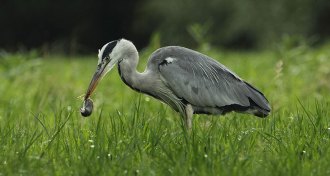 Animals
AnimalsInvasive species may be great snacks for predators
The arrival of a new food source can benefit predators, a new study finds. But if there are no native species around to eat, it’s a different story.
-
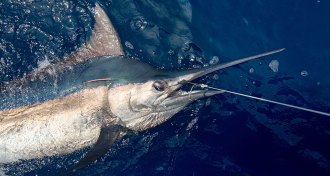 Animals
AnimalsMarine biologist chronicles a lifelong love of fishing
In A Naturalist Goes Fishing, a marine biologist takes readers on a round-the-world fishing expedition
By Sid Perkins -
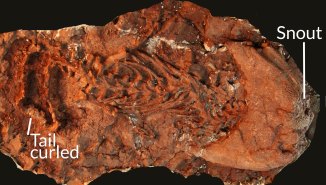 Paleontology
PaleontologyDimetrodon’s diet redetermined
The reptilelike Dimetrodon dined mainly on amphibians and sharks, not big herbivores as scientists once believed.
By Meghan Rosen -
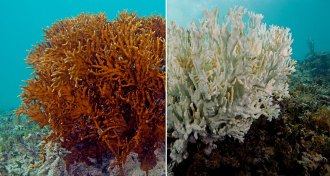 Oceans
OceansWidespread coral bleaching threatens world’s reefs
The world’s corals are experiencing their third major bleaching event in 17 years.
-
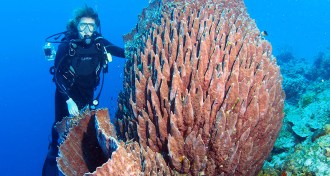 Oceans
OceansGiant barrel sponges are hijacking Florida’s coral reefs
Giant barrel sponges are gradually taking over and threatening Florida’s coral reefs, a new census suggests.
-
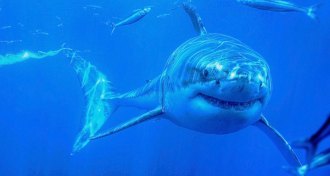 Animals
AnimalsWhy we need predators
It might be easy to say that we should wipe out species that can kill us. But the effects of such action would be far ranging.
-
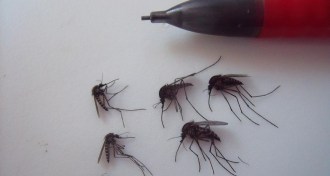 Animals
AnimalsWarmer waters give Arctic mosquitoes a growth spurt
Arctic mosquitoes develop faster in warmer waters, outpacing increased predation.
-
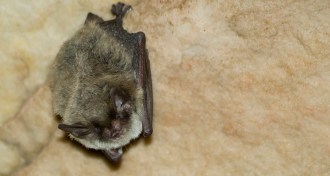 Ecosystems
EcosystemsPatrolling bats protect corn fields from pests
Bats play a key role in protecting corn from pests and fungus.
-
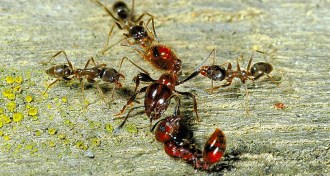 Animals
AnimalsInvading Argentine ants carry virus that attacks bees
The first survey of viruses in the globally invasive Argentine ant brings both potentially bad and good news.
By Susan Milius -
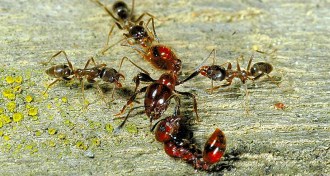 Animals
AnimalsInvading Argentine ant hordes carry a virus that attacks bees
Invasive Argentine ants may be reservoirs for a virus menacing honeybees — and for previously unknown virus.
By Susan Milius -
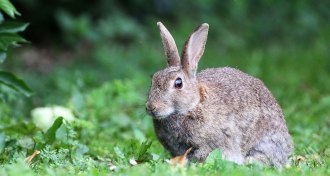 Animals
AnimalsRabbits leave a mark on soil long after they are gone
Twenty years after rabbits were removed from a sub-Antarctic island, soil fungus has yet to return to normal, a study finds.
-
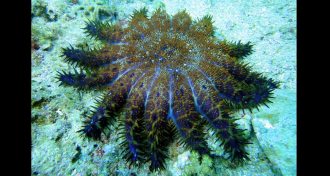 Animals
AnimalsCoral competitor becomes ally in fight against starfish
On the reef, algae compete with coral. But they may also protect coral from attacks by crown-of-thorns starfish, a new study finds.